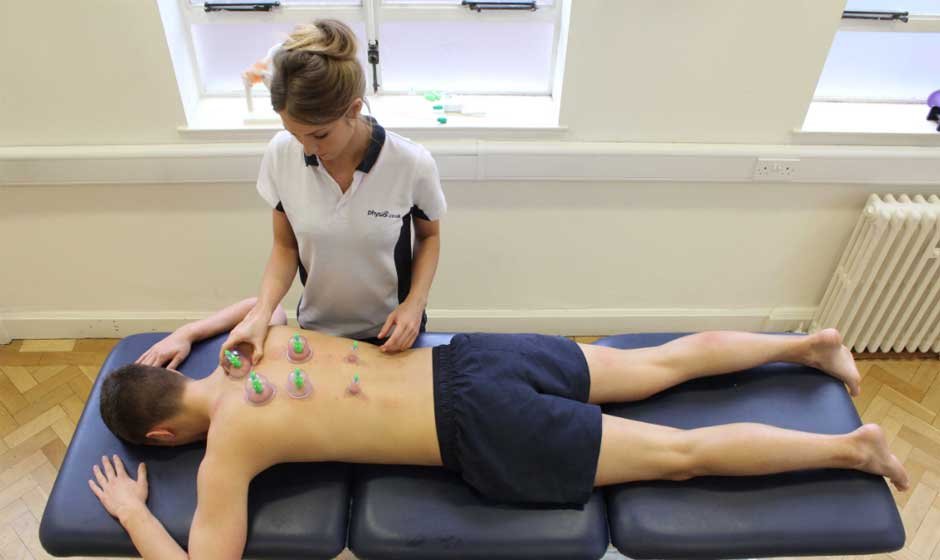Chronic back pain is a common condition that can affect individuals of all ages, often stemming from a variety of causes such as injury, poor posture, or underlying medical conditions. Sports physiotherapists, trained to help individuals manage and overcome musculoskeletal issues, employ various techniques to alleviate pain, restore mobility, and enhance overall quality of life. These professionals focus on treating symptoms and addressing the root causes of the pain to prevent future discomfort. We will explore sports physiotherapists’ methods to manage chronic back pain, focusing on treatments that emphasize rehabilitation, strengthening, and improving posture.
Techniques for Managing Chronic Back Pain in Sports Physiotherapy
1. Hands-On Therapy: Manual Techniques for Pain Relief
One of the first approaches Fixio Sports Physio in Northern Beaches may use when treating chronic back pain is hands-on therapy, also known as manual therapy. This can include various techniques, such as joint mobilizations, soft tissue massage, and myofascial release. These methods reduce muscle tension, improve circulation, and alleviate pain by targeting the soft tissues surrounding the spine. For instance, myofascial release is often used to target areas of tightness or muscle trigger points, which can refer pain to other body areas. By working directly with the affected area, sports physiotherapists can improve flexibility, reduce stiffness, and help the body regain its natural range of motion, which can be vital for managing chronic back pain.
2. Strengthening Exercises: Building a Stronger Support System
Building strength around the spine and core is another essential part of managing chronic back pain. A sports physiotherapist will often design a tailored exercise program that focuses on strengthening the muscles that support the spine, including the abdominal, lower back, and hip muscles. Stronger muscles help stabilize the spine and reduce the stress placed on it during daily activities. Physiotherapists may recommend exercises like planks, bridges, and leg lifts to help target the core muscles, or resistance training to strengthen the back and hip muscles. These exercises reduce pain and improve posture, which is crucial in preventing further strain on the back. Consistent strengthening exercises also promote better overall movement mechanics, making it easier to avoid positions that could trigger pain easier.
3. Posture Correction: Preventing Future Strain
Posture correction is a critical element in managing chronic back pain. Poor posture, especially while sitting or standing for prolonged periods, can lead to muscle imbalances and misalignments of the spine, contributing to pain. Sports physiotherapists work closely with patients to identify postural habits contributing to their discomfort. They may offer strategies to adjust daily activities such as sitting, standing, or lifting to reduce strain on the back. This could include teaching proper ergonomics, recommending supportive furniture, or providing cues to improve body alignment during common activities. By correcting posture, individuals can avoid undue pressure on the spine, which can help reduce pain and prevent further injury.
4. Stretching and Flexibility: Improving Range of Motion
Another vital technique used by sports physiotherapists is stretching and flexibility exercises. These exercises aim to lengthen tight muscles and increase the range of motion in the back and surrounding areas. Chronic back pain can often be aggravated by muscle stiffness, particularly in the lower back, hamstrings, and hip flexors. Tightness in these areas can restrict movement and cause additional strain on the spine. Sports physiotherapists incorporate stretches to target these muscle groups, improving flexibility and reducing the likelihood of pain flare-ups. Gentle stretching can help restore the body’s natural movement patterns, which is important for long-term back health. By improving flexibility, patients can experience reduced discomfort and a greater ability to perform everyday activities without pain.
5. Modalities: Using Technology to Aid Recovery
In addition to hands-on techniques and exercise programs, sports physiotherapists may incorporate various modalities to help manage chronic back pain. These include heat and cold therapy, electrical stimulation, ultrasound, and laser therapy. Each modality serves a unique purpose in aiding the healing process. For example, heat therapy can relax tight muscles and improve blood flow to the affected area, while cold therapy can reduce inflammation and numb pain. Electrical stimulation can help stimulate muscle contractions, which strengthens weakened muscles and improves circulation. These modalities are often used in conjunction with other therapeutic approaches to enhance their effectiveness and promote faster recovery from chronic pain.
6. Education and Self-Management: Empowering the Patient
Education is essential to the rehabilitation process for managing chronic back pain. Sports physiotherapists take the time to educate their patients about their condition and provide strategies for managing pain outside of the clinic. This may include tips on proper body mechanics during daily tasks, healthy lifestyle advice, or stress management techniques. By equipping patients with the knowledge to take control of their recovery, physiotherapists empower them to manage their chronic back pain independently. This self-management approach encourages patients to incorporate healthy habits into their daily routines, which can significantly reduce the frequency and intensity of pain over time.
Managing chronic back pain requires a multifaceted approach that combines hands-on therapy, strengthening exercises, posture correction, and lifestyle modifications. Sports physiotherapists employ various techniques to help patients reduce pain, restore movement, and improve their quality of life. By focusing on individualized care and empowering patients with the knowledge to manage their condition, these professionals play a crucial role in helping individuals manage chronic back pain. Through targeted exercises, therapies, and education, individuals can find relief from their pain and regain control over their daily activities.










